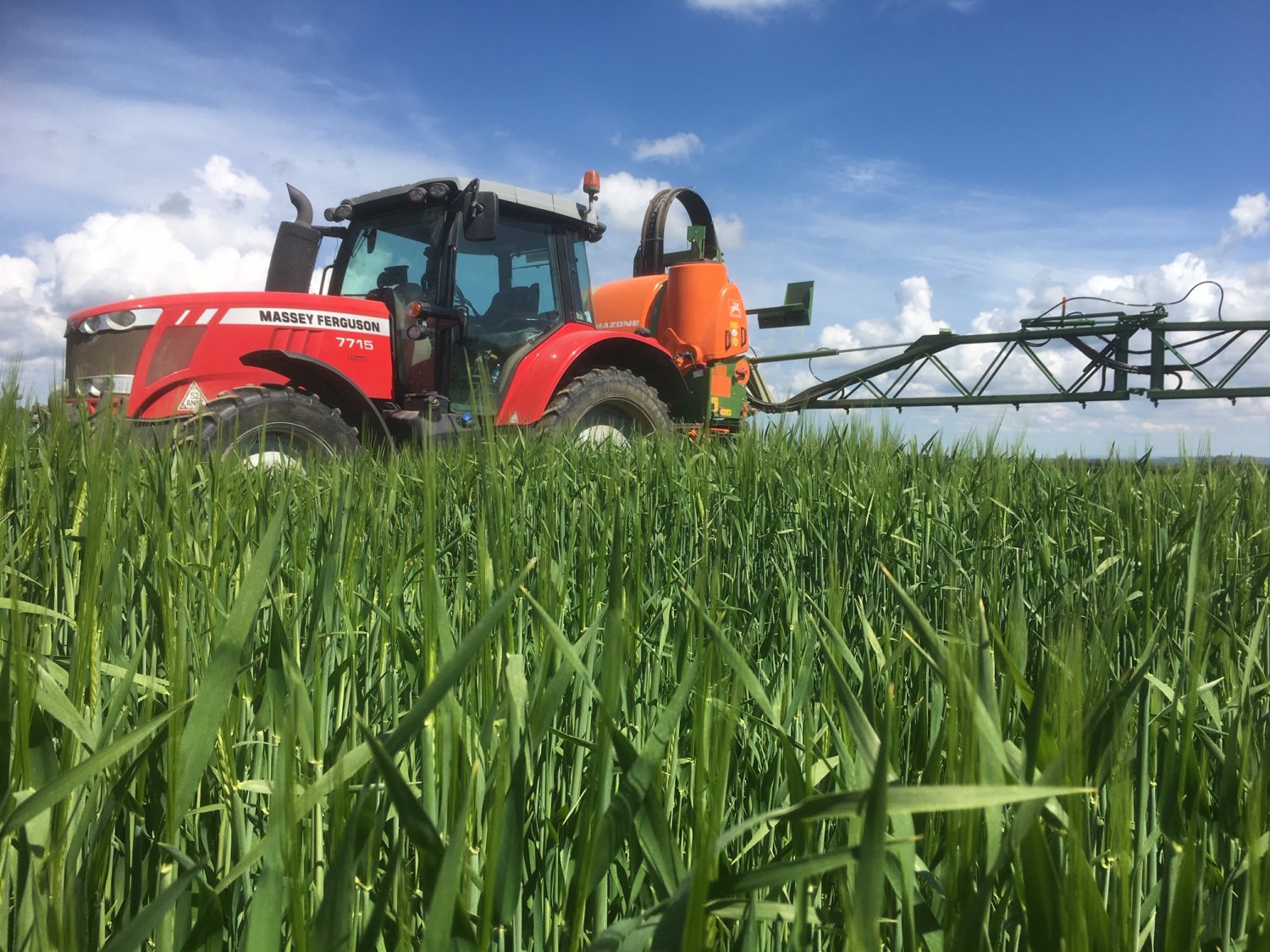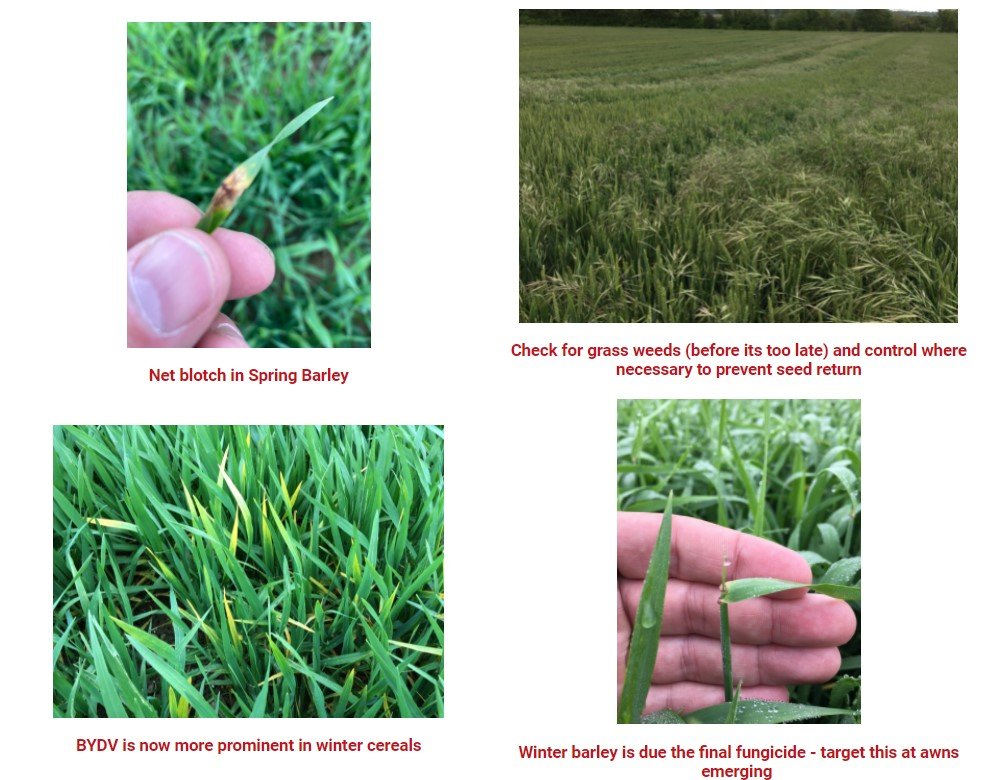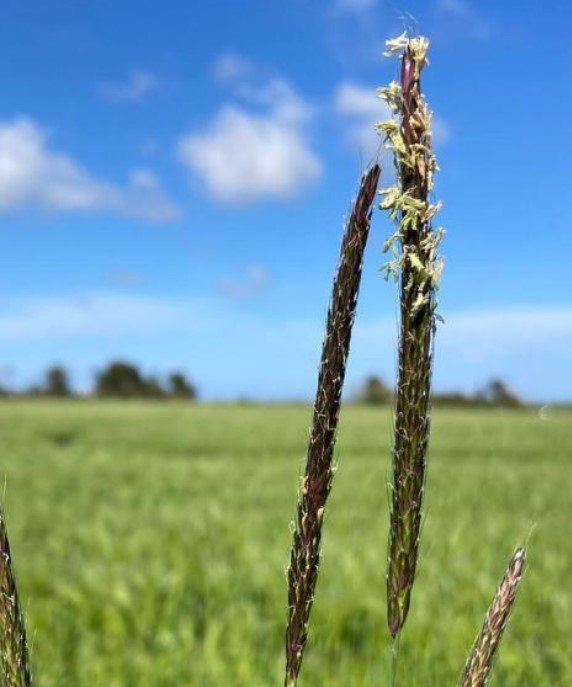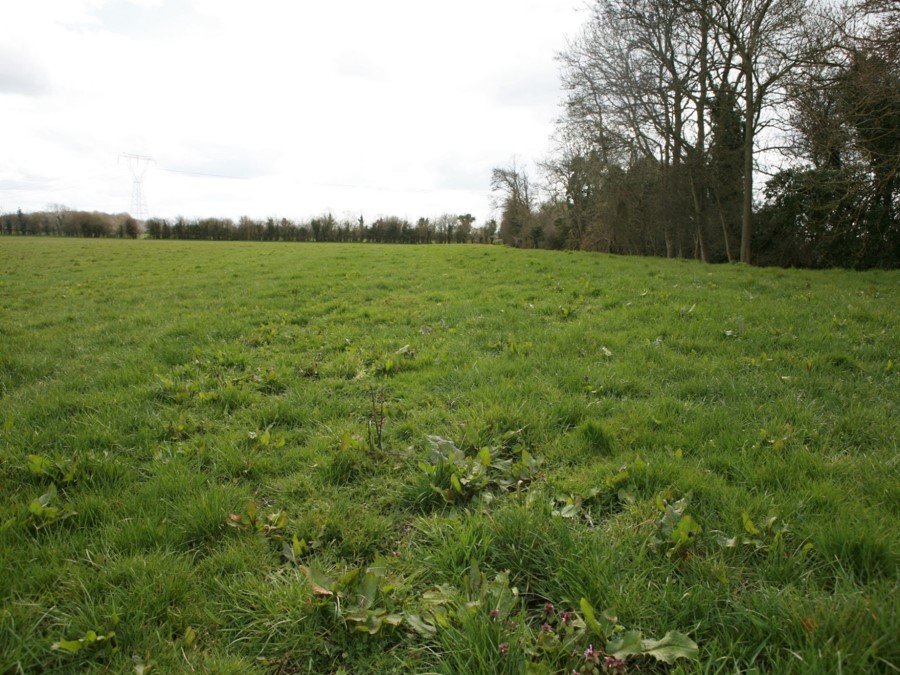
Teagasc Crop Report
Update No. 5 2022
Update No. 5 2022

To view the full report you must have an existing account with Teagasc ConnectEd.
Farmers sign in hereAlready have a ConnectEd account? Connected Client or Teagasc staff log in here
Pictures of the Moment

Upcoming Events
The World Potato Congress takes placce in Ireland for the first time ever, this is a conference which brings together many of the key players in the potato industry from all over the world. There are a variety of speakers and industry experts who will speak at the event and it is also a great opportunity to network with indudtry colleagues over the four days of the event. There are also tours to many different potato busineses and local attractions built into the conference. The congress takes place from the 30th May to 2nd June in the RDS. The theme of this years congress is " The Changing World of the Potato".
For more details and to register for the event click on the link below
World Potato Congress

Winter Barley
Winter barley is at or approaching awn emergence. Disease levels have remained low and protection from ramularia will be the target of the final fungicide. Low levels of Barley Yellow Dwarf Virus (BYDV) are reported in most areas but higher levels are reported in South Tipperary and along the South coast.

Please create an account to view hidden content
Winter Wheat
Wheat crops have progressed well over the last few weeks with most having received their leaf 3 fungicide application last week with the remaining late sown crops due this week. Disease levels for the most part are quite low. Growth reguators are applied to practically all crops at this stage however the final application of nitrogen is now due.
Please create an account to view hidden content
Winter Oats
The recent rain has helped oat crop to green up with many crop developing the typical dark green colour over the last few days. Most crops are up to date with PGR and the second fungicide application. Disease levels are relatively low as a result of the recent dry weather with the exception of some crown rust in the south.
Please create an account to view hidden content
Spring Barley
Establishment of spring barley is excellent this year but there are reports of some pest damage, mainly leatherjackets. Weed control was delayed in some crops due to dry weather but will be completed this week. Crops in lighter soils have benefited from the recent rain but trace element deficiencies are still evident. The increased moisture will alleviate the majority if these deficiencies especially magnesium however always check soil results for trace element levels. Disease control will commence on earlier planted crops.There are reports of net blotch in some early sown spring barley in Wexford.
Please create an account to view hidden content
Beans
The area of beans is expected to be similar to 2021 and the DAFM have confirmed that the protein payment will be €300/ha for 2022. There is a large variation in growth stages this season due to a prolonged sowing period. January planted beans have first flower buds visible while later planted crops are at early stages of leaf development. Grass weed control and first fungicide for disease control will be the priority in the comming days.
Please create an account to view hidden content
Potatoes
Virtually all the planting is complete at this stage with the exception of salads and maincrop in the north west. The rain over the weekend will make weed control on the emerging crop much more effective as the residual herbicides will be more active in damp conditions.
Please create an account to view hidden content
Fodder Beet
The area of fodder beet is expected to be similar to 2021. Emergence has been excellent but pests (mainly leatherjackets) are reducing plant populations in some fields. Conditions are excellent this week for herbicide application.
Please create an account to view hidden content
Maize
It is expected that the area of maize will increase in 2022 and that the area of maize grown in the open has increased due to the additional cost of biodegradable plastic. Timing for post emergence weed control is 4 - 6 leaf stage.
Please create an account to view hidden content
Tillage Grassweeds
The knowledge of the potential threat grass weeds pose to an individual farmer and indeed the tillage industry is increasing. Grass weed identification, appropriate control measures, and prevention of seed return is critical to ensure the seedbank is depleted year on year. There are a number of good videos on identification of grass weeds here with specific videos on Blackgrass, bromes, wild oats and canary grass also available.
Integrated Weed Management (IWM)
An integrated weed management (IWM) approach needs to be taken if grass weeds are identified on your farm. Combining cultural control measures like rotational cropping, alternating between winter and spring cropping and using stale seedbeds or cover crops in addition to chemical control using herbicides with alternate modes of action will enable the best control and prevent herbicide resistance from developing.
Prevent Seed Return
Prevention of seed return to the soil is key to controlling grass weeds. Early pre or post emergence herbicide application, destroying grass weeds early, or stem extension stage within the crop using specific grassweed herbicides (Broadway Star, Pacifica, Axial etc.) or graminicides ( Falcon, Stratos Ultra, etc) where necessary. Once grass weeds become too large, herbicide control will not be reliable and either hand rogueing or total destruction of the crop is essential. 
Field Assessment
Careful, early field assessment and identification of the weed is required in May/June before the seed ripens. Only then can a decision on total crop (and weed) destruction be considered. Although extreme, this option is the best course of action where populations of blackgrass, Italian ryegrass, bromes or canary grass are too numerous to be hand rougued.
Blackgrass should be rogued or destroyed once the seed heads are visible. Seeds can be viable once the flowering anthers begin to disappear and the head begins to darken in colour. Patch spraying rather than total field destruction may be appropriate but consult your advisor to help with the field assessment.
Herbicide Resistance
The ECT grass weed project has tested a large number of field populations for resistance and weeds such as blackgrass and italian rye grass are showing some significant resistant issues.
Black-grass and Italian ryegrass Survey May 2022
Do you think you have Blackgrass or resistant Italian Ryegrass in your fields?
The Teagasc ECT Project research team are trying to determine the extent of herbicide resistance in Ireland and the specific nature of that resistance which would indicate the best IWM control strategies to use. But we need your suspect samples of grass weeds to achieve this.
For research and advice, this would allow us to map this resistance evolution in Ireland and develop national control strategies. For the grower, it gives valuable specific knowledge about herbicide resistance on their farm which will help determine control methods.
To participate in the survey and free resistance sampling service, please click on the link below. All information provided is strictly confidential. For any further information please email John Mahon (ECT Project Advisor) at john.mahon@teagasc.ie or Vijaya Bhaskar (ECT Project Researcher) at vjaya.bhaskar@teagasc.ie.
Survey link : https://www.surveymonkey.com/r/LYC7FNP
Broad Leaf Weed Herbicide Resistance Study
Teagasc are also conducting an initial study in 2022 looking at broad leaf weed herbicide resistance. If you suspect you have a resistance case of Chickweed, Corn Marigold, Poppy or Speedwell please email john.mahon@teagasc.ie for further information.
Grassland Weed Control
Adoption of an Integrated Pest Management (IPM) approach where cultural control methods are considered before the use of pesticides is essential to sustainable weed control in grassland. A competitive sward will compete with weeds and leads to an overall reduction in weed infestation.
Weed control in grassland probably centres mostly on dock control but other weeds such as nettles, thistles and rushes are also important to control in many situations.

Control options
Control of all weeds in grassland is dependant on having a plant healthy which is actively growing. The are a number of options for weed control of docks in established grassland but fewer options for weed control in new leys. A full list of herbicides for established grassland and new leys are available here
2-4 DB will get emergency use again this year for 120 days and can be used from May 12th.